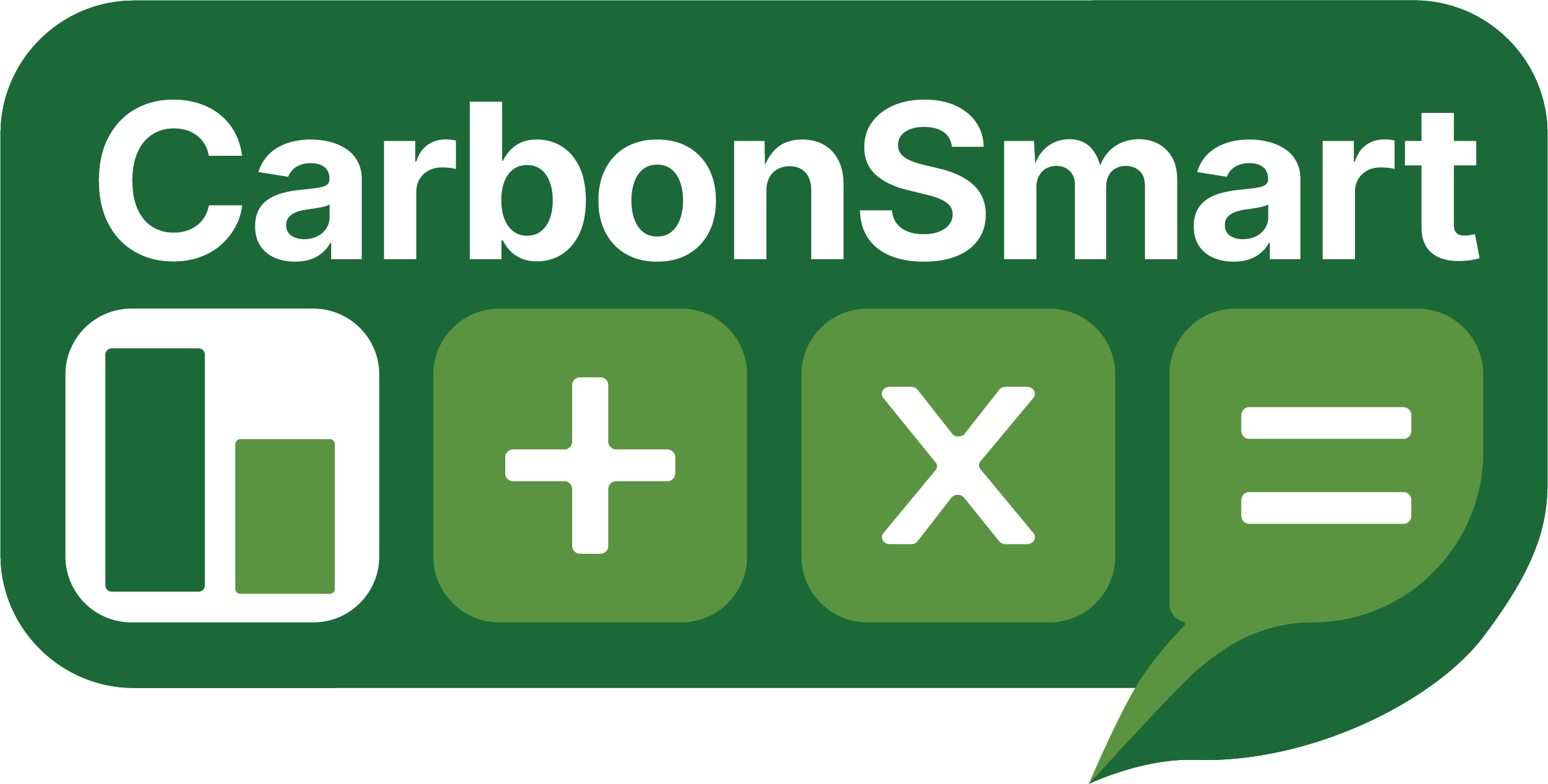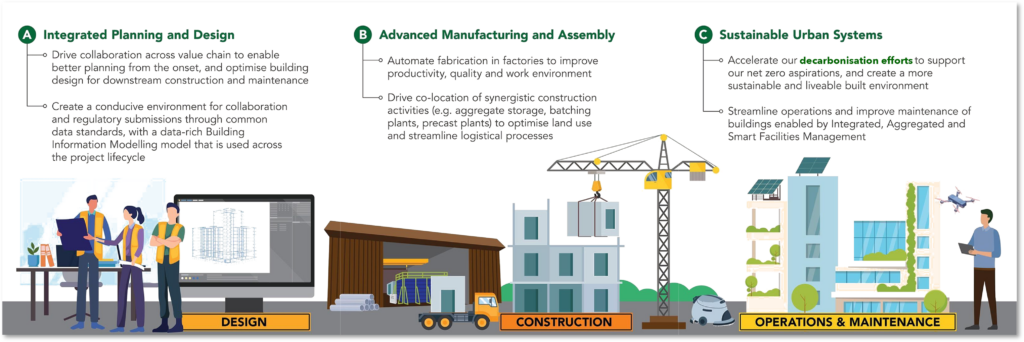Context
Embodied carbon needs to be reduced
now.
The Architecture, Engineering, and Construction (AEC) industry is the largest industry contributor to carbon emissions, responsible for up to 40% of global carbon emissions. Embodied carbon, defined as the carbon emissions associated with construction materials and processes throughout a building’s lifecycle, has been historically overlooked due to greater focus on operational carbon. However, embodied carbon is locked in when construction begins and cannot be reduced after building completion. It is more urgent than ever to manage and account for a building’s embodied carbon.
Problem
Sustainability has become an afterthought, as embodied carbon calculations today are manual, tedious and slow.



How might we streamline processes between stakeholders of the AEC industry in the design process before construction, to consider and reduce embodied carbon of buildings?
Opportunity
Industry Foundation Classes (IFC) files are now the standard

Being an openBIM, vendor-neutral format optimised for interoperability, the industry can continue to use the Building Information Modelling (BIM) software of their choice to design and coordinate while allowing for standardised data formats through IFC files.
Furthermore, IFC files will soon be the industry standard format required for regulatory submissions under CORENET X by Building Construction Authority (BCA). By leveraging on IFC files, workflows become streamlined with easy data exchange.
Smartly targeting the early design stages
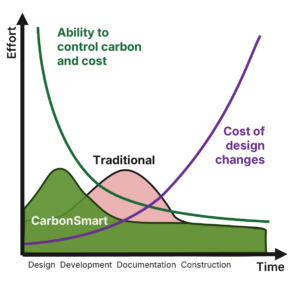
Conventional sustainability assessments for embodied carbon are often only conducted once or twice throughout a project post-design, due to its tedious, time-consuming process as well as constant design revisions leading up to construction. They become an afterthought and a procedural compliance for stakeholders, rather than actively encouraging carbon reduction during design when embodied carbon impact is the most critical at the lowest cost.
Targeting efforts at the early design stages ensures sustainability and embodied carbon is considered from the start, minimising downstream embodied carbon impacts and costly design changes.
Introducing CarbonSmart
The smart way to reduce embodied carbon quickly accurately sustainably
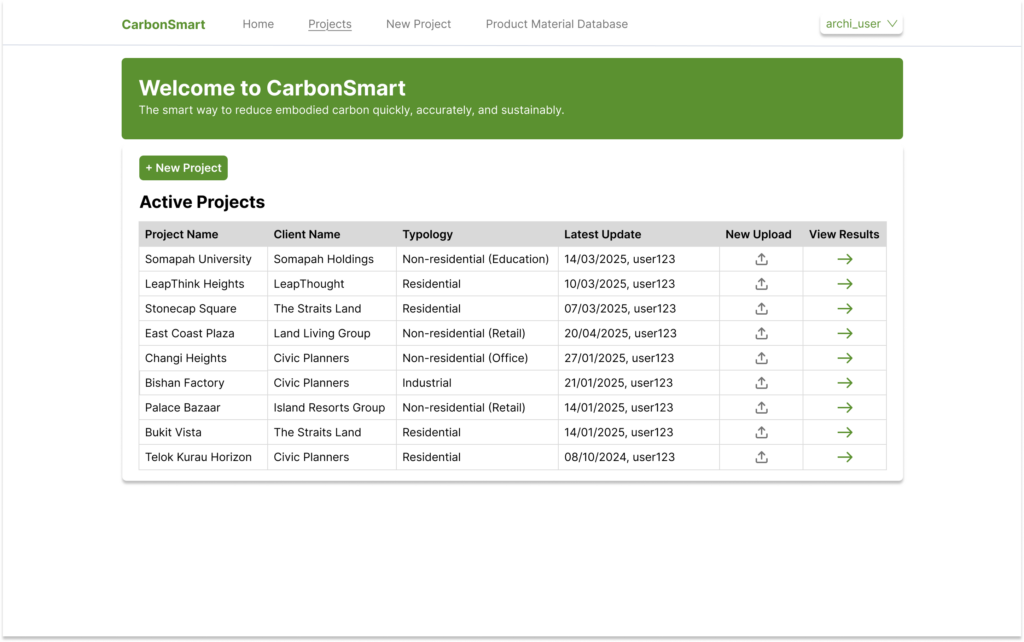

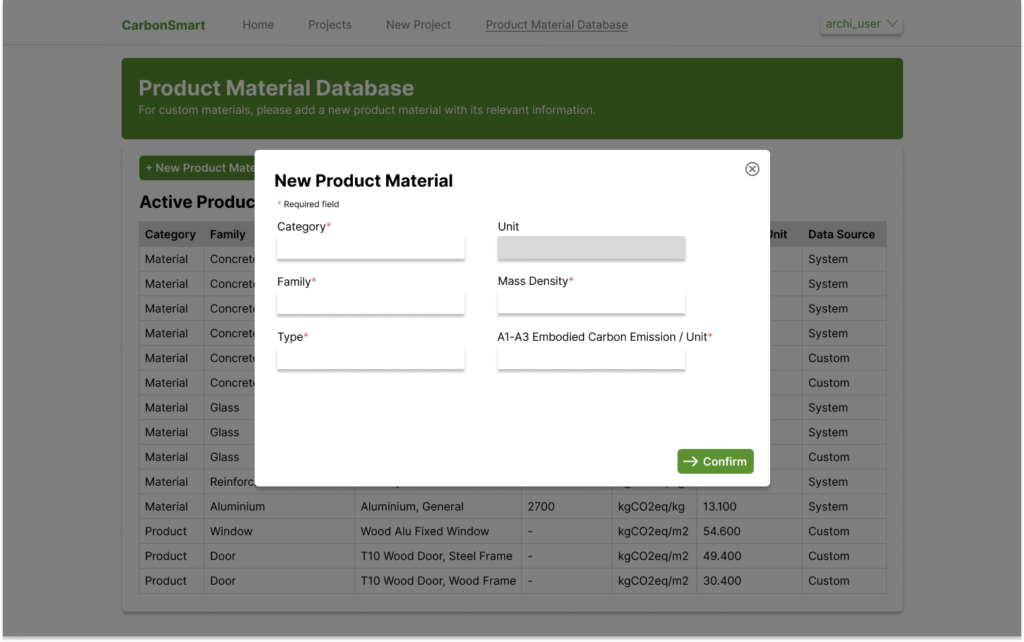
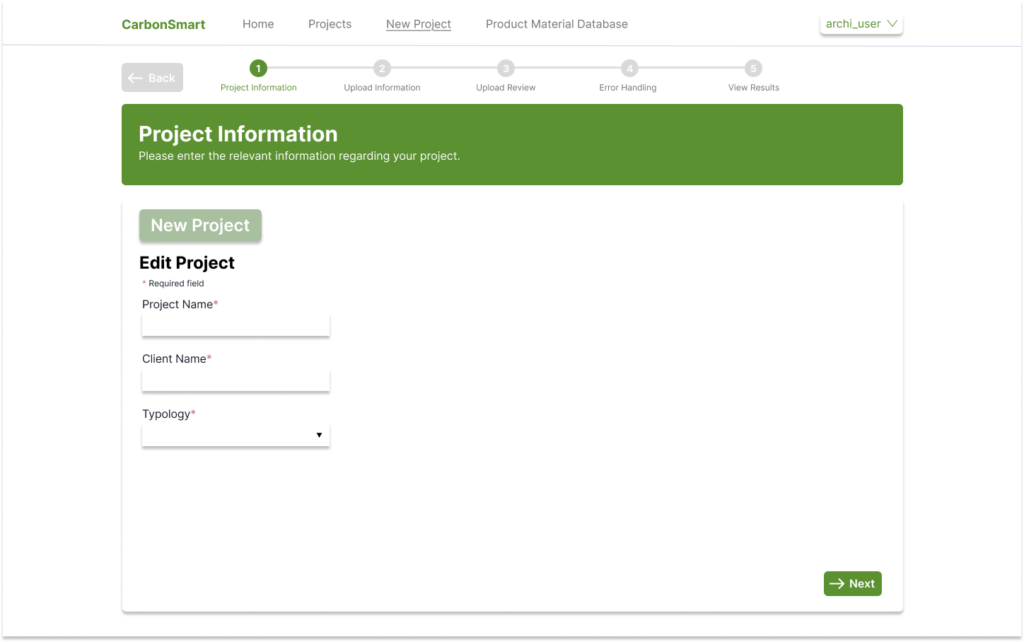
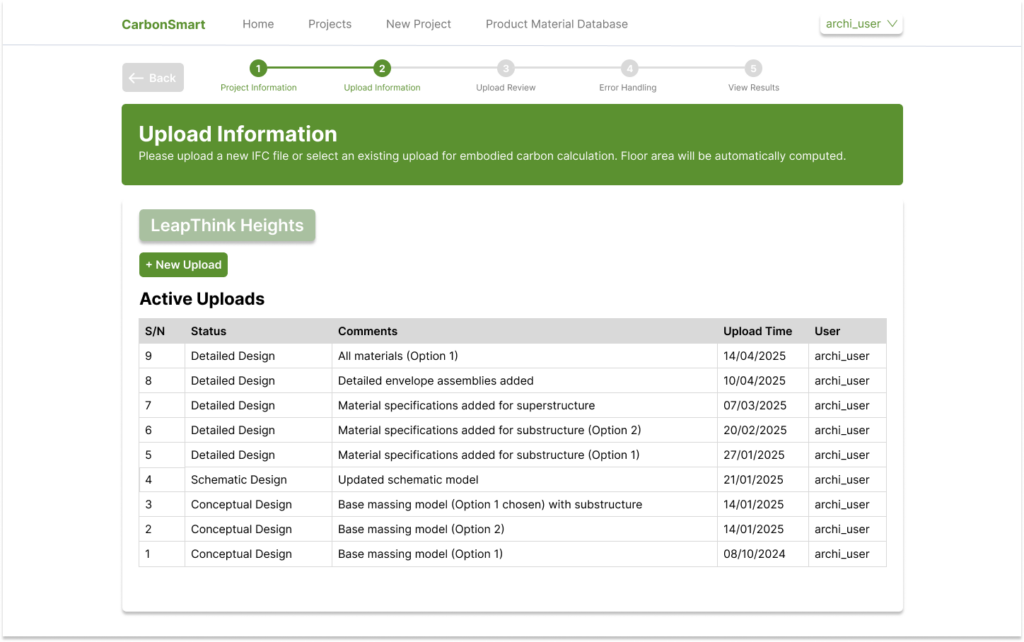
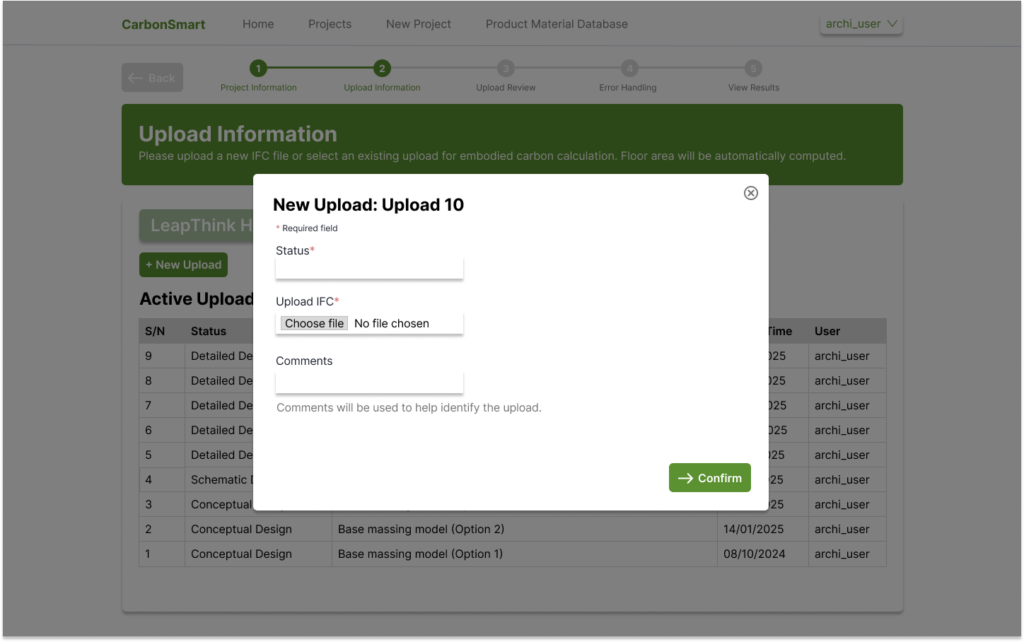
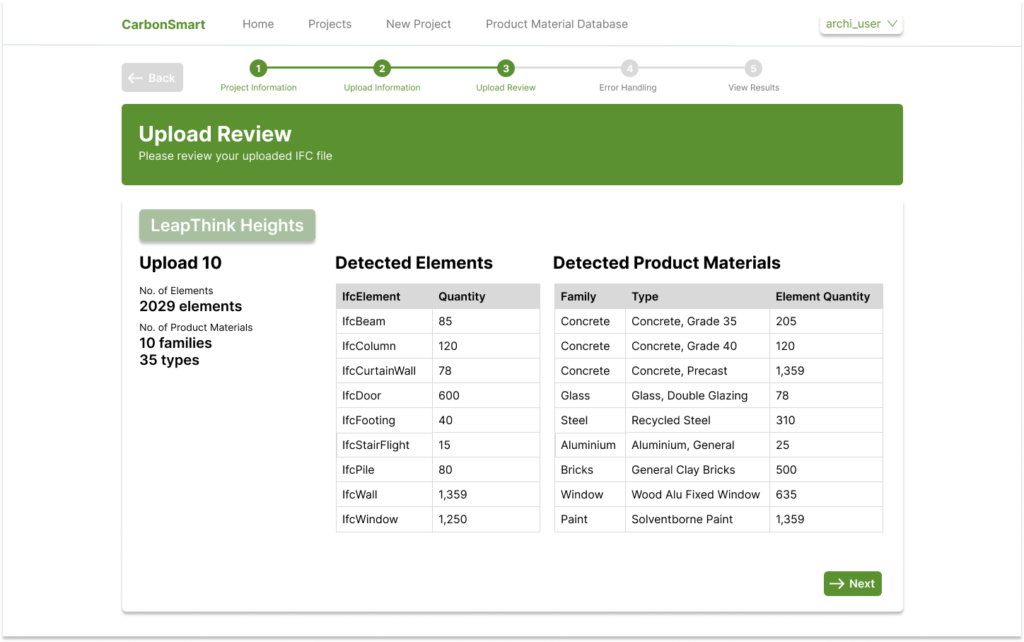
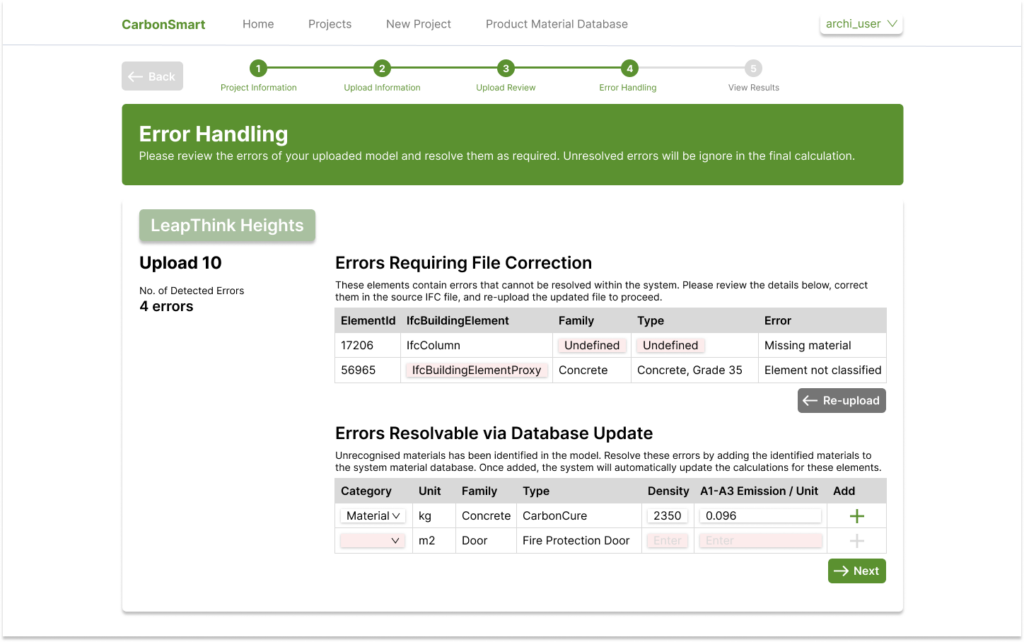
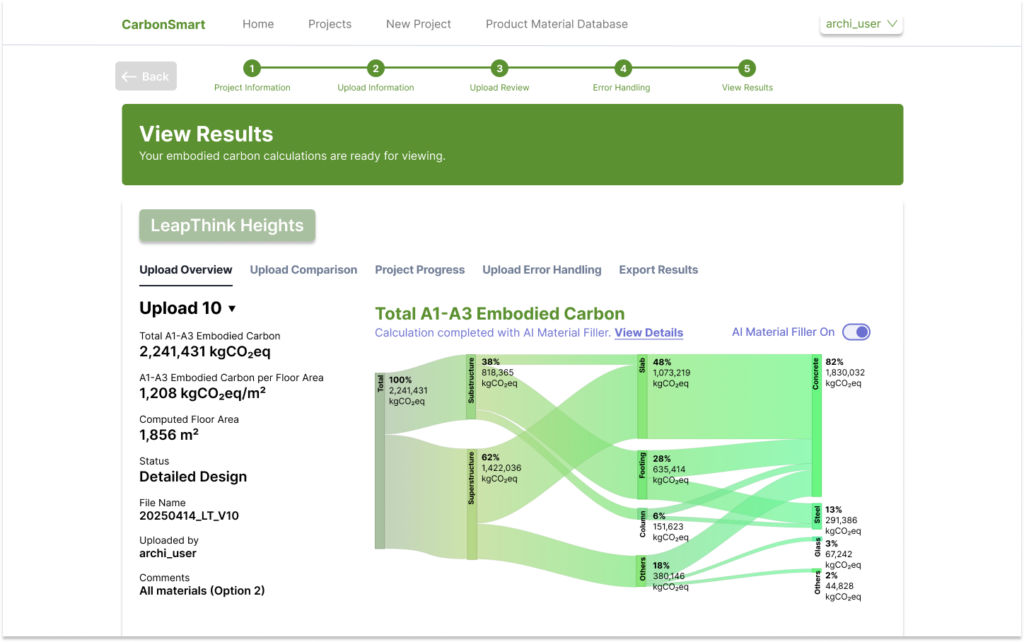
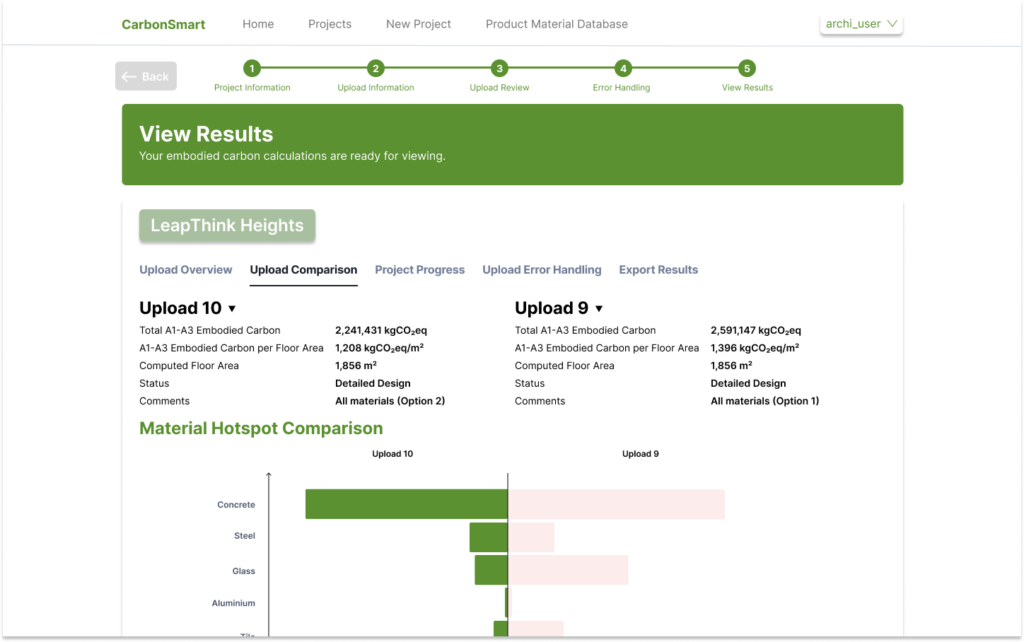
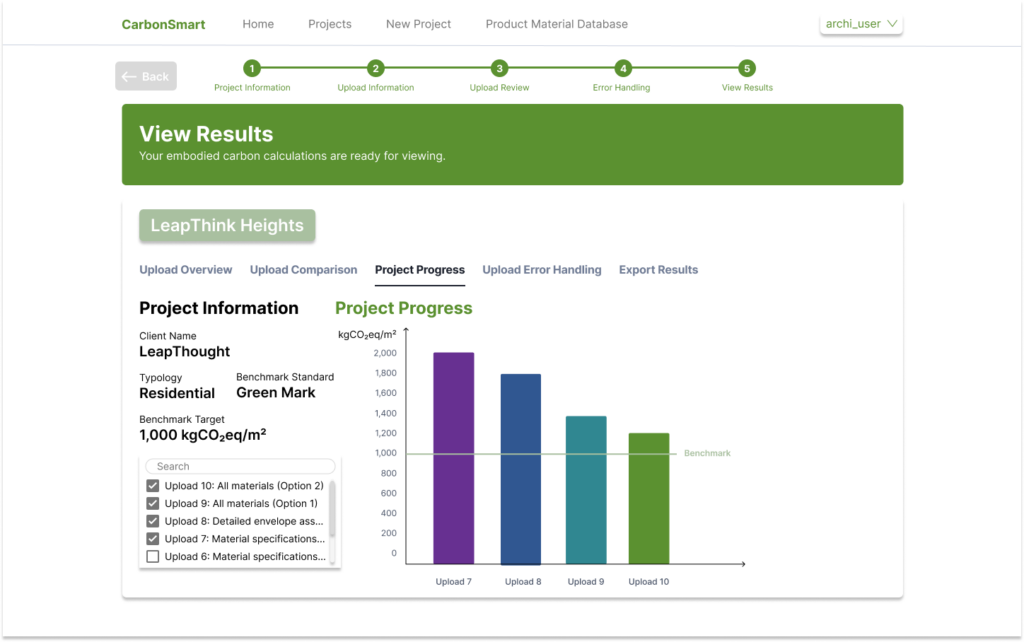
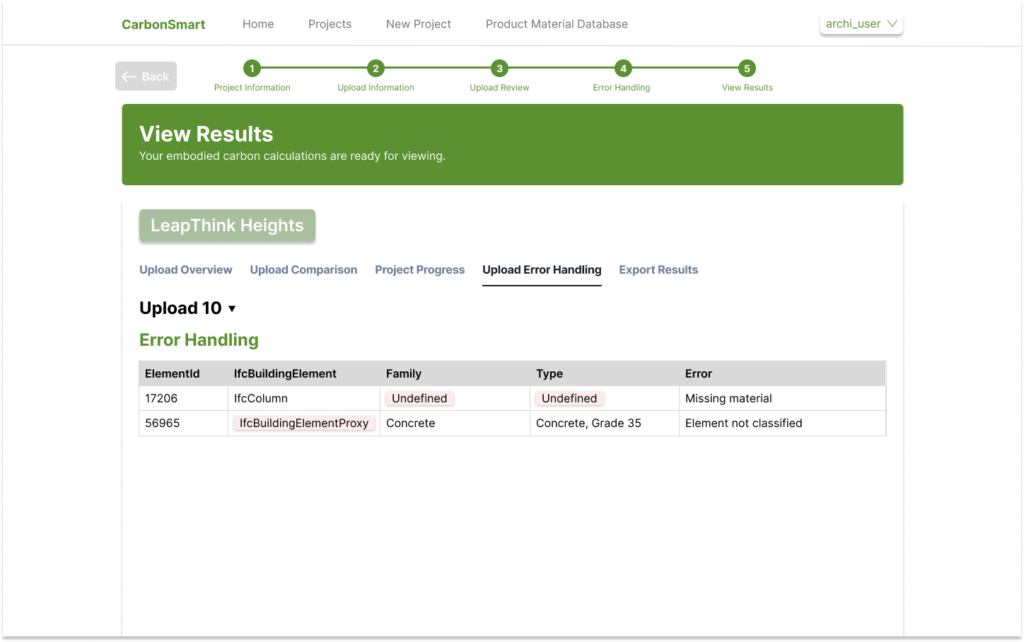
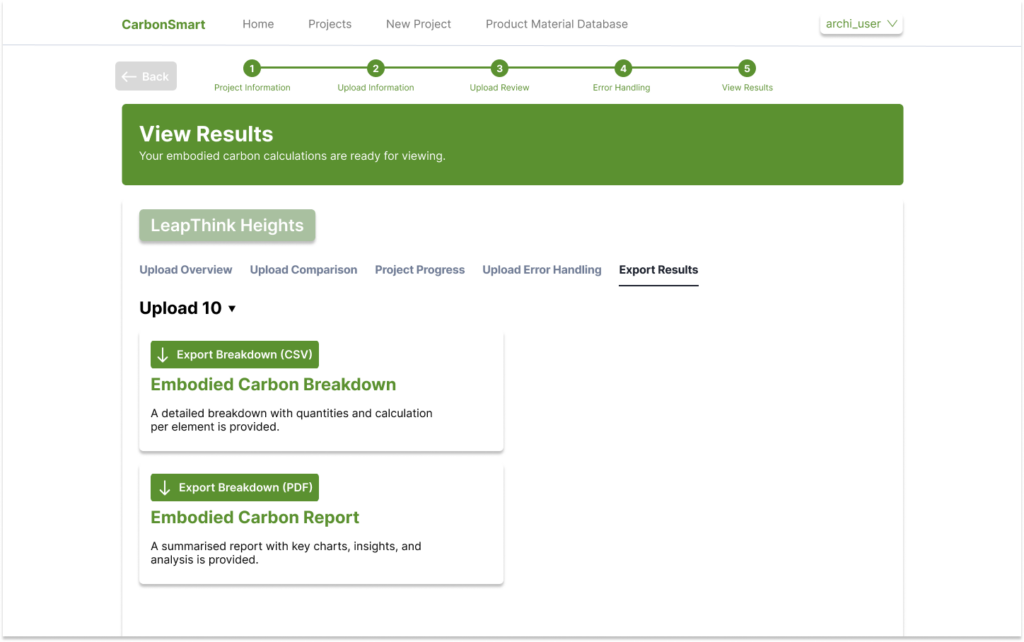
How does CarbonSmart work?
Export your BIM model to an IFC file not only for regulatory compliance, but for quick embodied carbon assessment via CarbonSmart.
Provide your project details to track your project information and enable project benchmarking.
Upload the exported IFC file for processing. You may upload multiple file revisions for different design iterations of the project.
Review the model data to ensure key elements, quantities, and material assignments have been identified.
Errors for missing materials or unsupported elements will be highlighted. Resolve what you can, or let our AI Material Filler do the rest of the work.
Receive your latest upload’s embodied carbon results. Identify hotspots, compare alternatives, and support low-carbon design decisions.
Bridging the gap between sustainability goals and practical implementation, CarbonSmart is more than just a calculator—it is a catalyst for decarbonising the built environment, with smart processes and results for a more resilient and low-carbon future.
In partnership with:

Acknowledgements
Thank you to LeapThought for trusting our team to embark on the Capstone project together and empowering us to challenge ourselves and our ideas. To our industry mentors, Budi, Xinyi, Praveen, and Jing Min, thank you for your immense dedication to our project as well as the insightful feedback to push our project to success. We would also like to extend our appreciation towards all our SUTD mentors, Professor Michael Budig, Dr. Geraldine Quek, Ms. Grace Kong, and Mr. Dominic Quah, for their unwavering support and guidance throughout the project.
